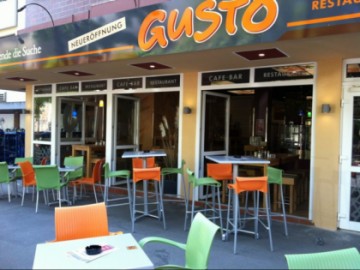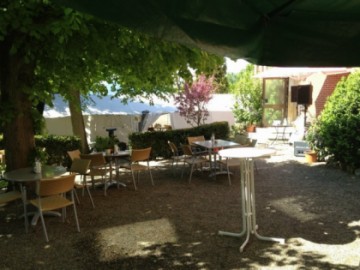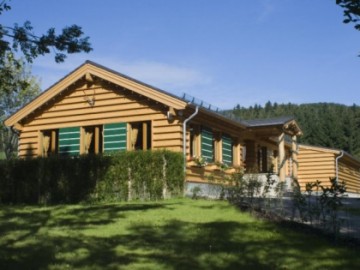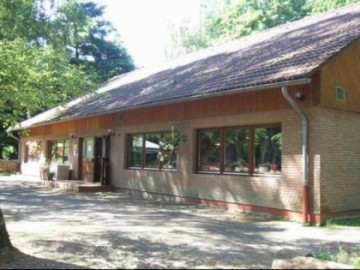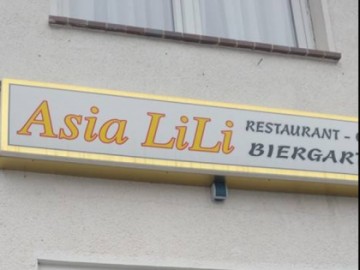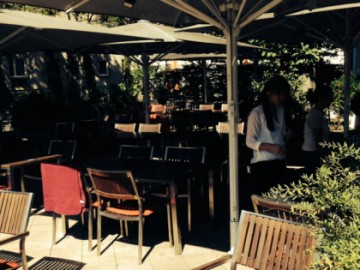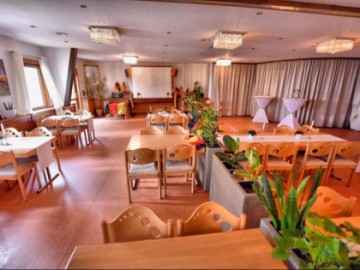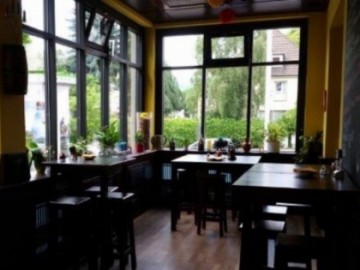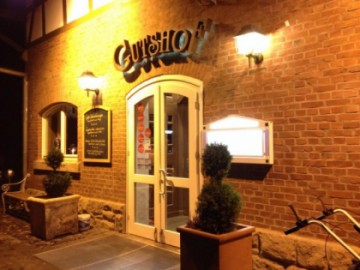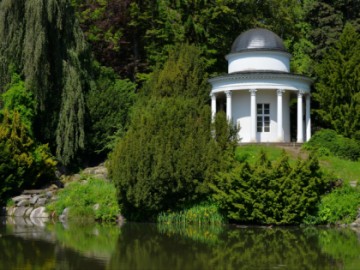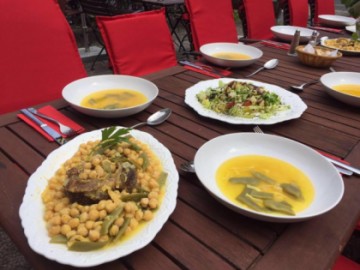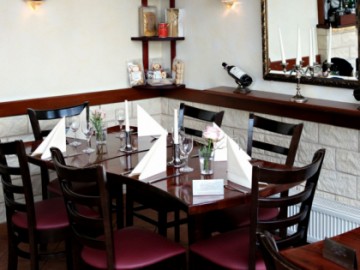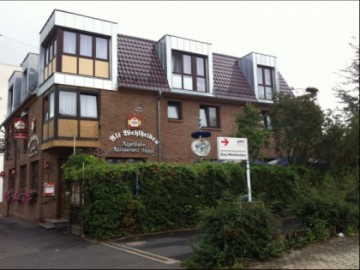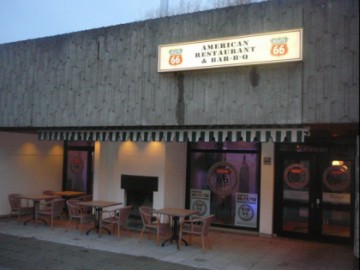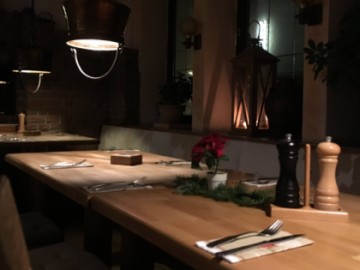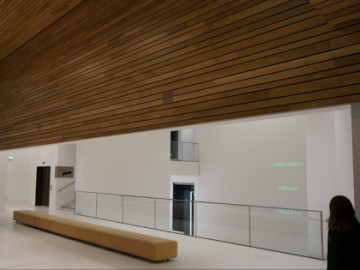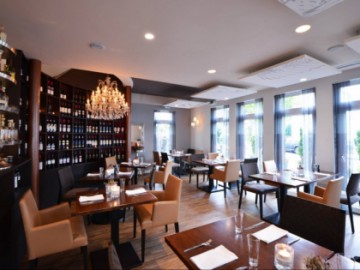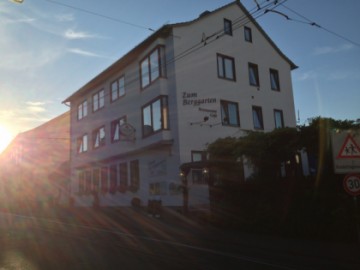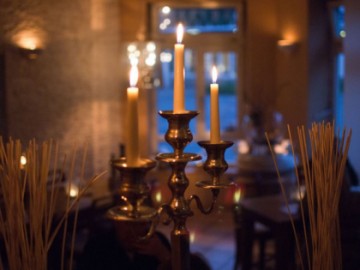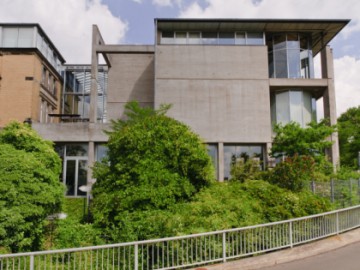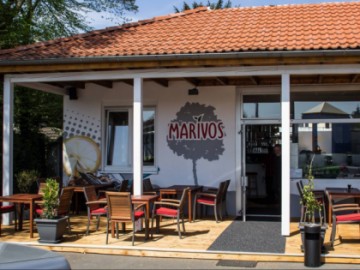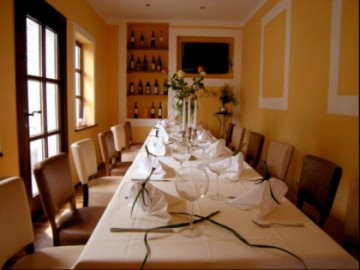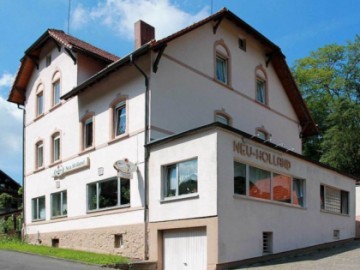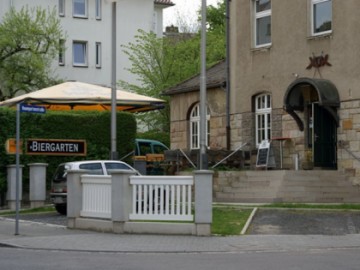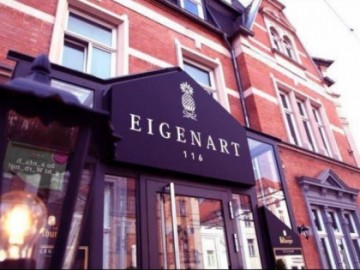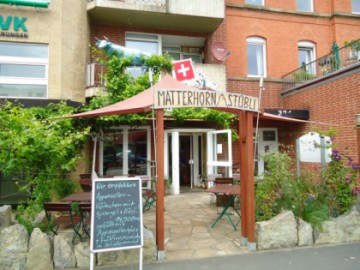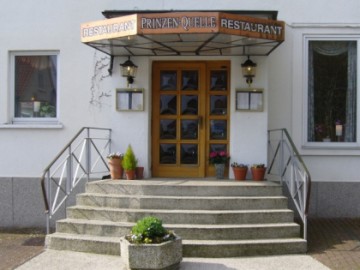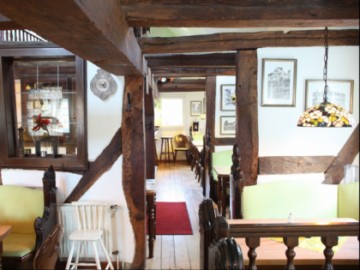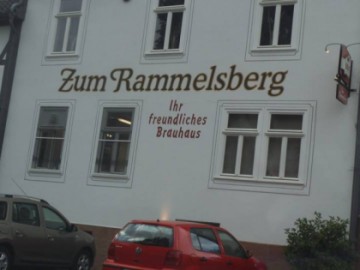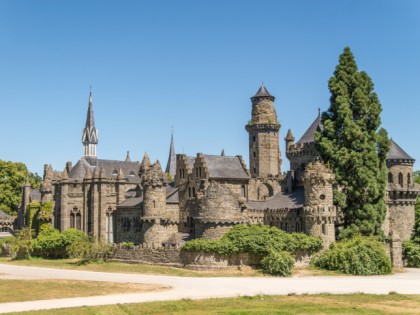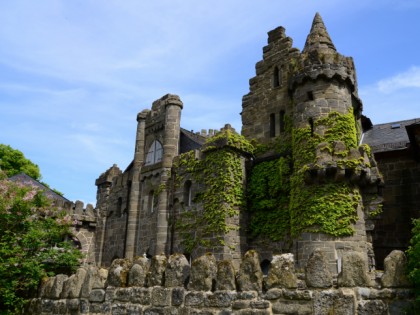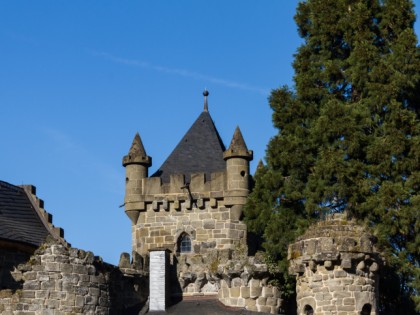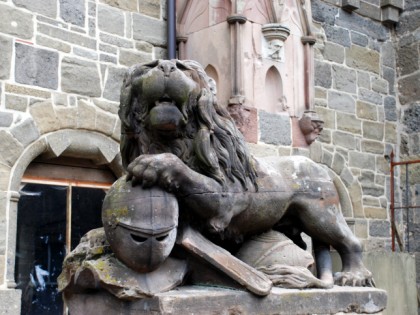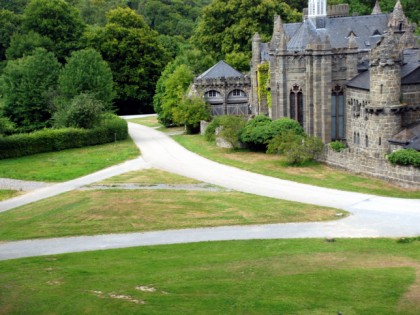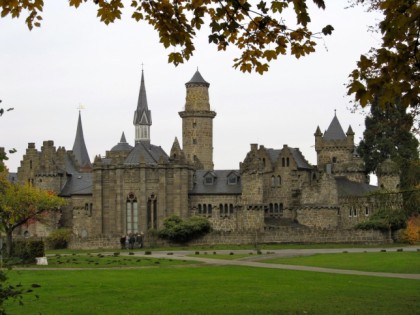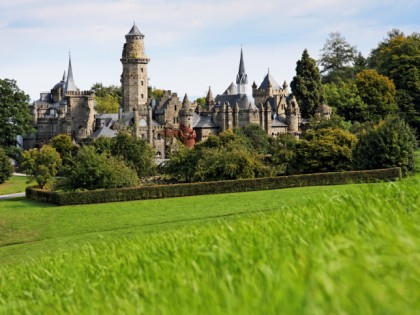Loewenburg – a Fake-Castle Glorified by Goethe
Loewenburg Castle looks like a seen-it-all medieval fortress, although it is not a fortress indeed. It was built only in the XVIII century. The Hessian Landgrave Wilhelm IX wanted to have a residence like a real English knight's castle, to meet with his mistress. And the architect even had to go to England to study the samples in details.
The surrounding garden is also a result of skillful imitation: there you can see fake aqueducts of Rome, fake temples of Greece and even fake castle ruins. The crenellated tower of the castle is intentionally unfinished, just to make it look damaged during the siege of the enemy. However, not everything is fake here: the furnishings of Löwenburg refer exactly to the Middle Ages. Here you can find stained-glass windows, medieval furniture, tables for games, statues, as well as weapons and armor in the armory. There is a chapel in the castle area with the tomb of Landgrave Wilhelm. Johann Goethe also happened to be in the castle. It is believed that just Löwenburg is depicted in the scene in the "Faust" where Faust seduces Mephistopheles with promises of sweet life.
